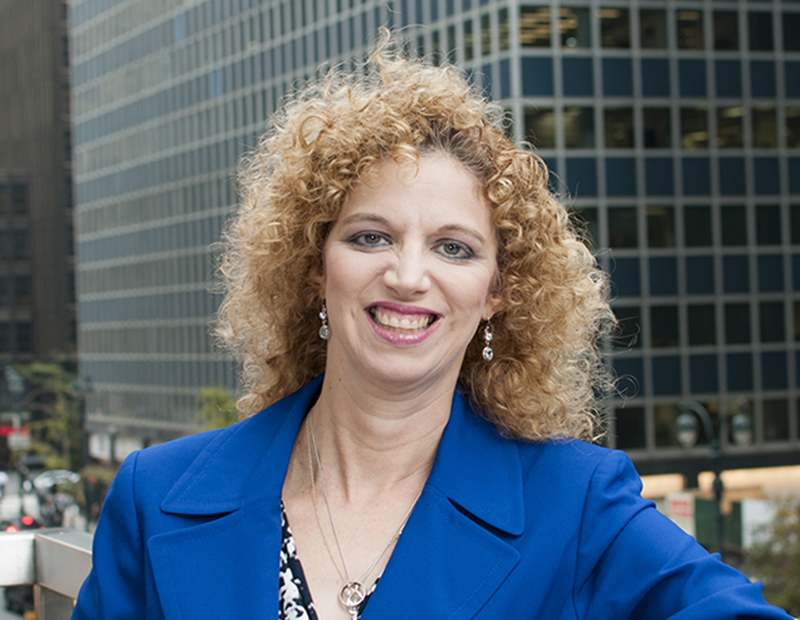Alive and Well
Today's commercial buildings are benefiting from a growing array of technological options, making them more efficient, cost effective and healthy, while meeting an increasingly stringent set of regulatory requirements. With improvements come risks, though, and with adjustments happening in real time, it's important to ensure cyber security measures are in place.
Not so long ago, the Internet of Things was an esoteric concept, more aligned with science fiction than practical application. Self-regulating buildings? Fodder for a horror movie, something dark and sinister—a robot altering conditions within the building, or perhaps the asset itself as the villain, inevitably trapping the heroes inside, controlling them until they manage to disable its technology and release its grip. Today’s reality, of course, is quite the opposite and exceedingly practical—a tale of success, with the building as hero, self regulating to achieve occupant comfort while reducing consumption of natural resources, meeting increasingly stringent regulations and cutting costs for its owners and operators.
That tale keeps getting better as advancing technology in the area of artificial intelligence introduces further improvements. An increasing number of operational aspects are being tied into automated systems that better regulate the use of electricity, gas and water, relying less on human intervention to make adjustments as problems are identified and now even benchmarking property data to maximize performance, measuring and adjusting in real time.
Layer on the growing interest in well buildings and the story improves even further. New developments emphasize natural light and fresh air, with temperature regulation improving with such innovations as windows that tint automatically as the sun shifts. Healthier buildings are aiming to improve productivity and reduce absenteeism, which sits well with corporate tenants. The International WELL Building Institute reports 108 percent growth in square feet registered in 2018 over the previous year, a 203 percent increase in square feet certified and a 78 percent increase in project certifications. And similar to the progression from new to existing that the U.S. Green Building Council took with its Leadership in Energy and Environmental Design certification program, this year WELL has added a certification for existing buildings.
While horror is the wrong genre for modern commercial buildings, they would be well cast for a role in the cyber crime story. The increased incorporation of technology into building operations has expanded the avenues for security infiltration, as Holly Dutton warns in the cover story for our June digital magazine, “Energy Check.” Any connection to the internet can be an entry point, and the results can range from interference with building performance to access to unrelated but more confidential company data. “The more the IoT, the more it can be hacked,” Sara Neff, director of sustainability at Kilroy Realty Corp., told her. That demands greater awareness and more protective measures.
Like any good story, as it unfolds, our hero is sure to meet with more challenges along the way. But greater advancements promise a positive outcome for both new and existing properties, making them more alive, healthy—and ready for the next adventure.








You must be logged in to post a comment.